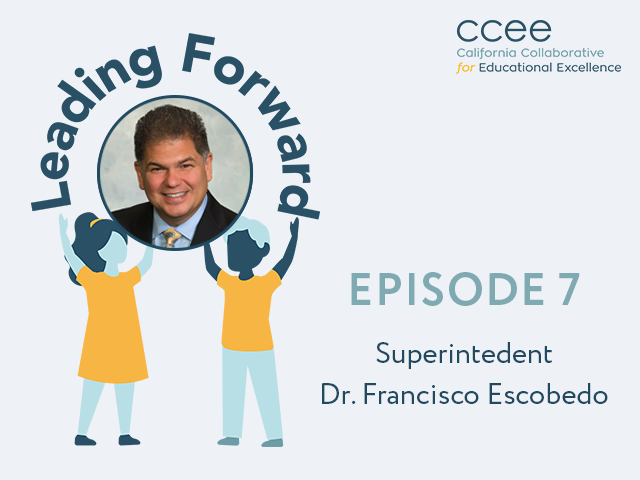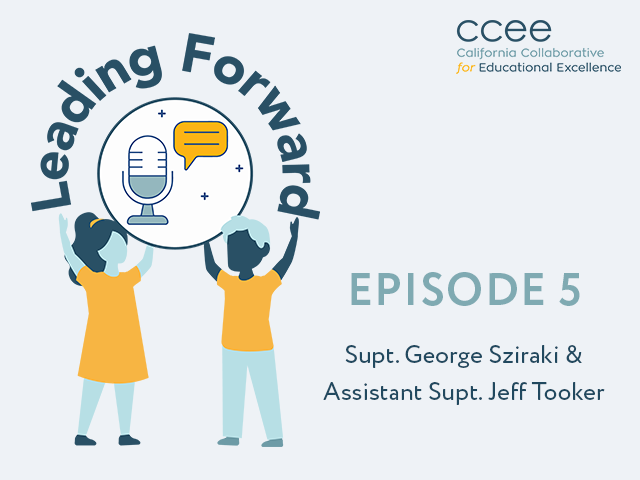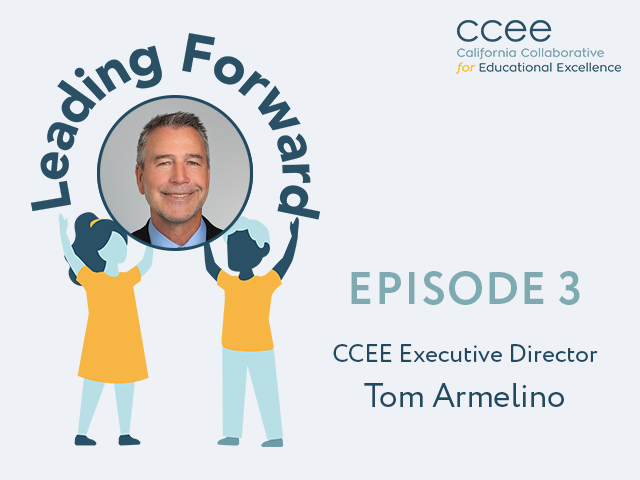DESCRIPTION
Summer is approaching fast and summer learning is needed more than ever. Fortunately, much is known about what works to support learning and well-being in the summer. This webinar covers the latest national research on strategies and practices that contribute to impactful summer programs, and updates on state and federal funding to help inform local planning.
This is the first webinar in Partnership for Children & Youth (PCY)’s Summer Game Plan webinar series.
PRESENTERS
Dr. Jennifer McCombs, Senior Policy Researcher and Director of the Behavioral and Policy Sciences Department at the RAND Corporation
Edgar Zazueta, Senior Director, State and Federal Governmental Relations, Association of California School Administrators
Jennifer Peck, CEO, Partnership for Children & Youth
Resource Type
Media, Professional Learning
Type of Audience
Board, Site Administrator / Instructional Coach, Systems Leadership, Teacher
Topic Area
Equity, LCAP
KEYWORDS
Leading Forward, Summer Learning
VIDEO
RESOURCES
2021 CALIFORNIA SUMMER LEARNING GUIDE
SUMMER GAME PLAN WEBINAR SERIES
CREATIVE SUMMER SOLUTIONS FOR SUMMER STAFFING (4/1)
CREATING ENGAGING SUMMER LEARNING OPPORTUNITIES FOR HIGH-SCHOOL YOUTH (4/8)









